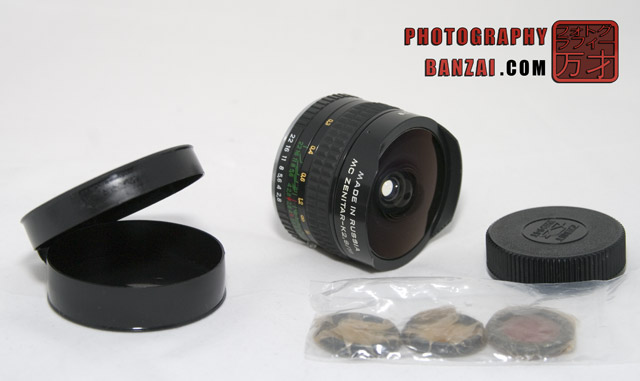
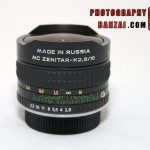
|
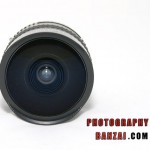
|
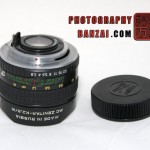
|
The Zenitar was one of the first lenses I bought after getting a Pentax *ist DS kit in late 2005. While I’m not sure exactly why I opted for the Zenitar over something more practical, I ended up buying one new from an Ebay seller as it was cheap, said to be sharp, and interesting due to the fisheye feature.
Technical specifications for the lens:
Lens Mount: K-mount
Lens Construction: 10 elements in 7 groups
Angle of View: 180 degrees (83 degrees in APS-C)
Aperture: F2.8
Number of Diaphragm Blades: 6
Minimum Aperture: F22
Minimum Focusing Distance: 1 ft (0.3048 meters)
Filter Diameter: 26.5mm threaded rear mount type
Maximum Magnification: 0.13x
Dimensions: 63mm x 49mm
Weight: 0.31 kg
Case: soft Velcro closure type
Objective Cap: Push on
Hood: built-in (full frame)
Lens Aperture Ring: yes
Tripod Adapter: No
Diaphragm Control: manual
Focal Length: 16mm (equiv. 24.3mm)
Notes: fisheye type lens
General talk about the lens and its features:
The Zenitar 16mm f2.8 Fisheye lens is a product from Russia that’s available through non-standard channels like Ebay and a few lesser known online stores (aka. use caution and research before buying). It’s a moderate wide angle lens when considering the APS-C crop factor, but still provides some fisheye distortion effect to the resulting images. The lens is fully manual and does not transmit any information to the camera body. Aperture is controlled by a small ring that goes in what feels to be half-clicks through the full range. The lens is primarily constructed of metal, which gives a good feel to the lens. The rubberized focus ring has a nice smooth feel when rotating. Focusing the lens isn’t particularly difficult thanks to it being a wide angle. On the back-end of the lens there is a thread to attach one of the 4 lens filters (3 colored and one clear). The front element is large and appears to be multi-coated to resist flare. There is a small built-in hood, but it is designed to block stray light with full frame cameras in mind.
What I like about the lens:
– The lens is nicely constructed, especially for the price I paid years ago. Now, it looks like the lens goes around $220, which is still a pretty good bargain.
– As I mentioned before, the manual focus ring is smooth and effective.
– Rendering can be pleasing to the eye with vibrant colors. This isn’t always the case though.
– The colored filters are a fun little addition to the lens.
What I’m not too fond of:
– Prone to flare and visual artifacts in bright light. Although it’s easy to clone out any small artifacts, so I don’t consider that a big issue.
– Completely manual focus and aperture with no data connection to the camera body, so EXIF data saved is limited.
– Easy to get a finger into the frame on accident, especially with gloves on.
– Lens cap is cheap and broke on me.
– The aperture ring action is a bit cheap feeling as well as loud.
Images with a bit of analysis:
A few additional images:
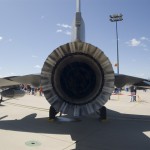 |
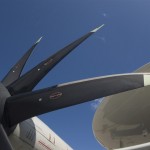 |
 |
 |
Conclusion:
For the price, it’s a good option to experiment with fisheye and moderate wide angle photography. There are other options available to be bought new, but all cost more than the Zenitar. The Pentax 10-17mm Fisheye, which is around $300 more than the Zenitar. There are also quite a few lenses available from Sigma (10mm f2.8 and 15mm f2.8) as well as a few off-brand options like the Bower 8mm f3.5 Fisheye. While the image quality isn’t top-notch, it’s serviceable and at times quite good. Flare and artifacts can be an issue with the lens, but some of it is easily correctable in post-processing. You need to keep more in mind when using the lens as it is completely manual in operation. Given the price, it’s a decent purchase in my opinion.




